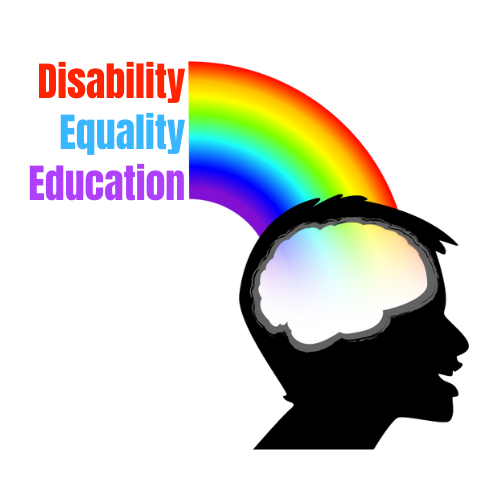The New York Times - ‘The Hidden Image Descriptions Making the Internet Accessible’
Lesson of the Day: ‘The Hidden Image Descriptions Making the Internet Accessible’
*This lesson was developed by The New York Times’ The Learning Network and links to an external source.
Summary:
In this lesson, students will learn about alt text, and image descriptions that help people who have low vision or are blind to use the internet. Then, they will practice using the feature.
Our suggestions when teaching this lesson:
This lesson could be useful in so many subjects. Include it in Tech Ed and Visual Arts classes, when discussing civics, bias, journalism, business, marketing and so much more. You may find it works for 9th and 10th grade, but would likely need additional supports.
Some things to expand the conversation:
Encourage students to consider if the description provided in an image description or in alt text is sufficient to provide blind users the same info sighted viewers get?
What are the implications when it’s not?
What do you do for a culture where so much is conveyed visually.
This article was written in 2022. As technology changes, some of those discussed in the article have gotten better, while others have gotten worse.
AI has changed how computers can provide image descriptions, but many provide information that isn’t in the image or missing context.
The article touches on the bias that AI has. This can be expanded into a discussion about how it will describe an image and how quickly AI can become racist or push other harmful and incorrect information into it’s results.
Discuss with students the importance of recognizing how people are described. Is their race only described if they are not white? This perpetuates the harmful idea that whiteness is the default.
Background information about screenreaders:
In addition to reading text that is visible to sighted users, screen readers also provide navigation shortcuts and commands, enabling users to browse web pages, access menus, and perform various tasks efficiently without the need to see the screen.(when software and webpages are properly designed to follow accessibility standards, which too often they aren’t)
Screenreaders have controls that allow the user to customize their experience. Most users listen to the audio much faster than sighted people are accustomed to listening to audio and they learn/adapt to process speech at this speed. It may sound too fast to someone else listening (there is a sample in the article), but the speed is fully customizable for the user, as are options on most screen readers as to how to read numbers, punctuation, and many other things.
Not all blind people have access to or use the same screen-reading software and/or other assistive technology. Often websites that are set up to be accessible with some screenreaders/assistive technology on some platforms aren’t accessible to others. A document or website that a blind reader cannot navigate is inaccessible even if you add image descriptions.
There are professional services where disabled people will test your website and offer advice to make it more accessible.
Subject and topic:
Art, English Language Arts (ELA), Accessibility, Diversity and Equity, Social and Emotional Learning
Grade level:
11th - 12th grades
Duration:
60 minutes
Links to download lessons:
Get the lesson plan on the New York Times The Learning Network website: Lesson of the Day: ‘The Hidden Image Descriptions Making the Internet Accessible’
The New York Times’ Learning Network publishes teaching resources that use content from The New York Times. The lessons linked in their lessons are free and are not behind a paywall.
